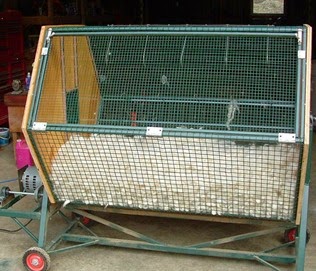Well, the answer is... a lot. There are so many uses for these interesting little squares of silk, and I'm going to talk about a couple of them for you.
First of all, let's quickly talk about what silk hankies are. These are commonly referred to as mawatas, which is a Japanese name for "to spread around". They come in little piles that consist of hundreds of individual squares that have been stacked on top of each other, and each square is one cocoon from a silk worm that has been soaked, degummed, and spread around a square frame to shape it.
When you receive undyed silk hankies in the mail, you will be able to peel them off one layer (or one cocoon) at a time. You can also dye them or buy them pre-dyed from us. This next photo shows a dyed silk hankie in our Sleeping Beauty colorway that has been knitted up without spinning it.
By its very nature, silk is extremely strong and difficult to break. For this reason, it does not need to be spun in order to be knitted or crocheted. It can be drafted out and used straight from the cocoon.
 I made a video which illustrates this, and also shows how exactly to go about drafting a silk hankie and knitting with it. Link to Youtube Video .
I made a video which illustrates this, and also shows how exactly to go about drafting a silk hankie and knitting with it. Link to Youtube Video . There are a lot of other uses for silk hankies and your imagination is really the limit. Many people use them in nuno felting in place of a woven silk base, and other people use them for paper making and other similar projects. You can also spin them as you would regular wool or silk in sliver form, though it is not necessary.
I really love dyeing these neat little squares of fiber, but it is a tricky process. If you are interested in a specific colorway that you don't see in our store, just shoot me a message and I can custom dye something just for you.
As always, check us out at www.bluebarnfiber.com or www.bluebarnfiber.etsy.com .





